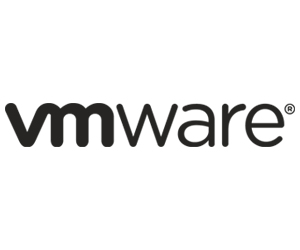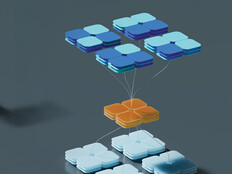This allows IT departments to respond as threats are happening, rather than waiting until after the fact to discover what damage attackers have caused. “Teams can set processes to terminate automatically,” notes Kellermann, “or have an email sent that provides immediate visibility, which allows them to engage with endpoint threats directly.”
What’s even better? With Workspace ONE, auto-provisioning of endpoint protection is easy. Device installation is not required; teams simply turn on detection and response as needed.
The Changing Face of Compromise
Malware is evolving, and so are user expectations. This creates a security paradox for universities: How do they ensure critical assets are defended without creating friction for authorized users?
According to Kellermann, “most attacks are now fileless. They don’t have payloads. As a result, old-school anti-virus tools are not effective in thwarting these attacks. Schools need greater context to control and limit the attack surface that goes beyond hardening and configuring a system.”
MORE ON EDTECH: Secure higher ed's growing number of remote devices.
They also need a way to detect, deceive and divert digital adversaries without being detected. Kellermann notes “there’s a 118 percent increase in destructive attacks after they’re detected.” Teams need a way to decrease attacker dwell time — and to reduce the risk of worst-case scenarios.
This is especially critical as attack vectors evolve. Kellermann points to the rise in “home invasion” attacks that focus on setting up shop in post-secondary networks, rather than carrying out a data smash-and-grab. He also highlights the growing use of “island-hopping” incidents, where cybercriminals take over the devices of unsecured third-party partners and use them to gain access to the network. Some estimate 40 percent of attacks now leverage some type of island-hopping strategy.
The New Standard: Seamless and Secure
Colleges need security tools that don’t compromise the end-user experience. “The workspace of the future is all about the assurance of the experience,” says Kellermann. “It’s about extending zero trust through the infrastructure without inhibiting the environment. Vigilant digital transformation can protect the user from the environment, and the environment from the user, while still prioritizing the user experience.”
VMware’s zero-trust solutions offer a seamless and secure middle ground. Kellermann compares the approach to an unobtrusive security officer in an upscale retail store. “There’s always that guy in a suit who’s looking for behavioral anomalies,” he says. “There’s no reaction if things are normal, but there is a reaction if someone does something wrong. The issue is handled immediately. But if nothing is wrong, this protection is basically invisible. In effect, the environment protects itself. It’s hardening itself against new threats.”
MORE ON EDTECH: Learn these defense-in-depth (DiD) strategies.
VMware also helps post-secondary schools improve their security posture at scale. With access to secure data on user behavior and device context, VMware empowers universities and colleges to perform intelligent risk assessments and then implement security controls where they’re most effective with advanced data loss prevention, app virtualization and next-generation encryption tools.
Vigilant digital transformation is fundamental to protect students and staff both on and off campus. No matter what the future holds, VMware can help higher education institutions streamline access, secure key assets and respond to evolving threats.
Brought to you by:














